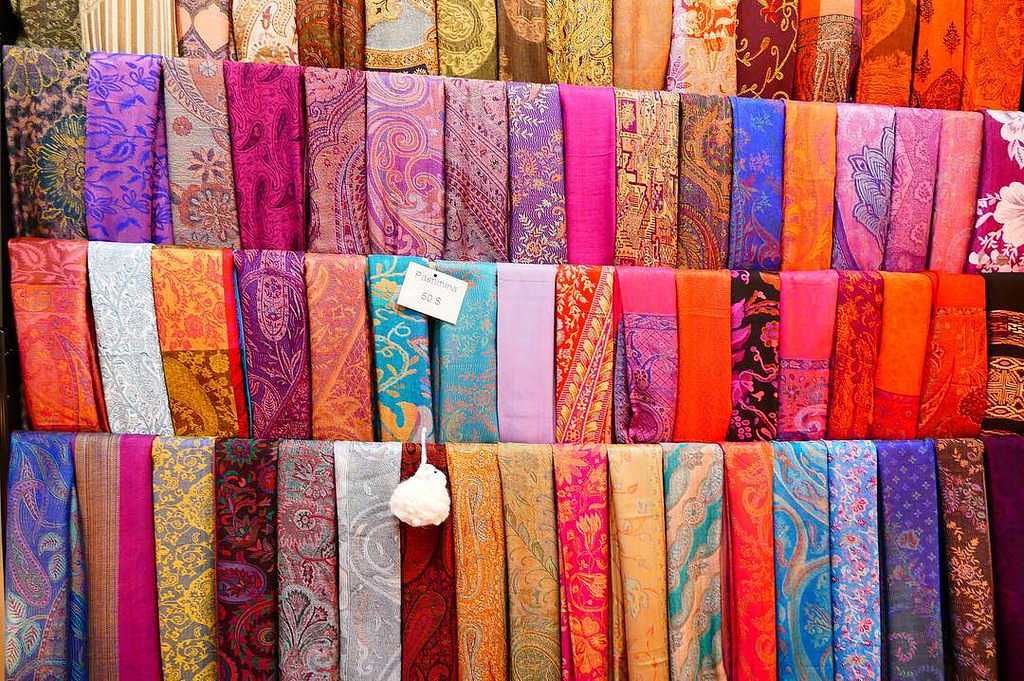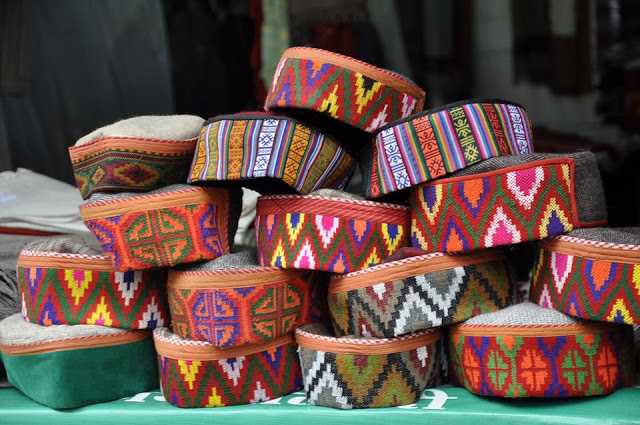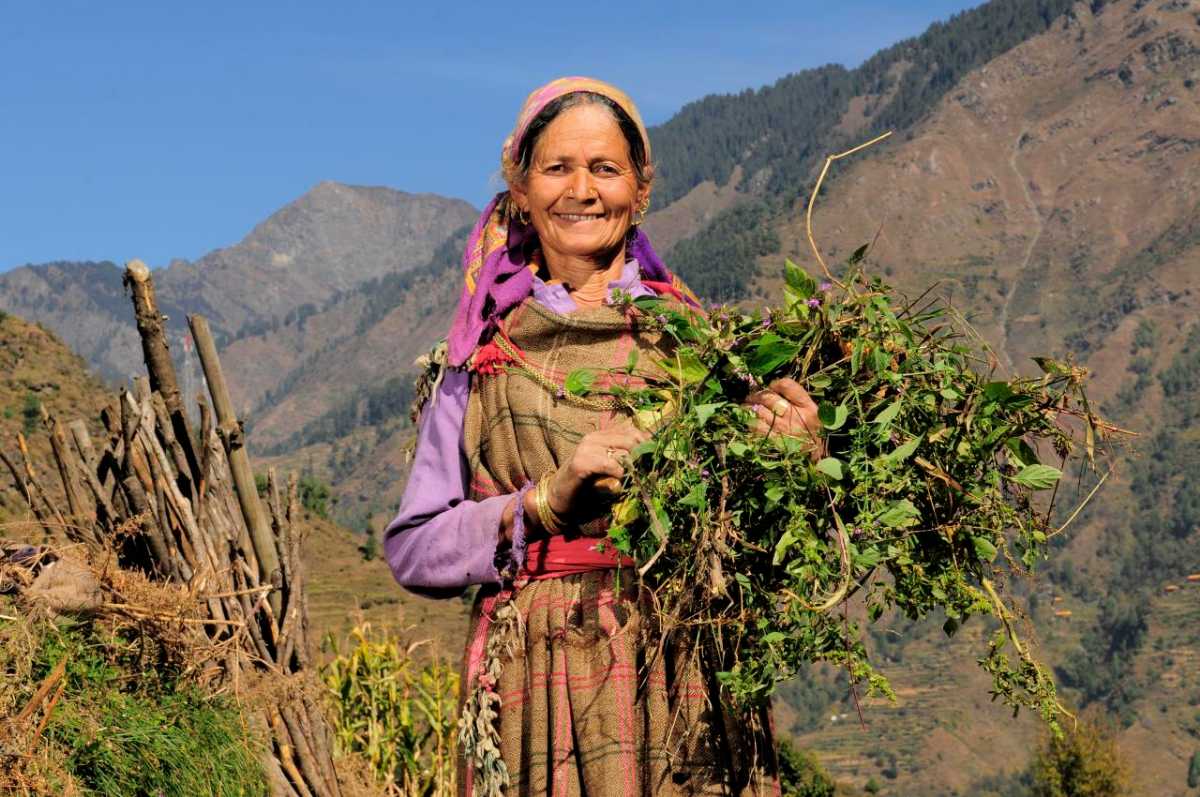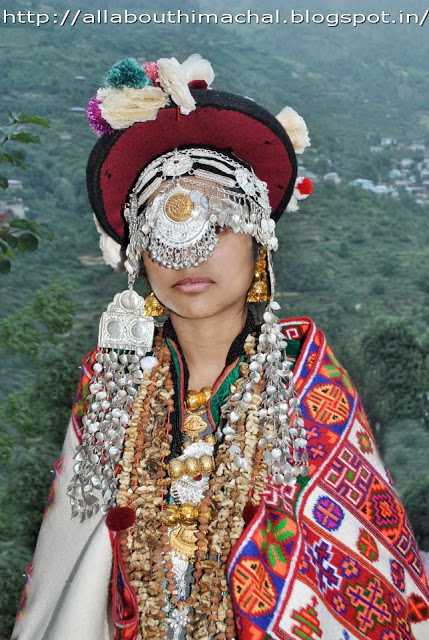The North Indian state of Himachal Pradesh is located in the Himalayas. The untouched densely forested valleys, snow-capped mountains, and gushing rivers make up for the best natural habitat for many wildlife. The wooded landscapes of the Himachal Pradesh are blessed with some of the endangered and indigenous species of animals and reptiles and rare – migratory species of birds. The natural vegetation also hides a plethora of unique flora many of which have medicinal value too. These wonders of nature are preserved and protected within areas that have been identified and demarcated as national parks in Himachal Pradesh. If you ever visit this gorgeous heaven in the Himalayas, make sure you also explore these national parks to witness the real beauty and richness of this India state.
Best Time To Visit Himachal Pradesh
Himachal Pradesh is a destination that can be visited throughout the year and you can rest assured that the experience will be different in a good way each time you visit. But the best time to explore places in Himachal Pradesh is in the season of Spring and Summer which is between the months of February and June. This is the time when the valleys are at their greenest, the flowers bloom adding more colour to the whole landscape, and ice melting from the snow-capped mountains swell the rivers. It is also a great time to explore the wildlife of the Himalayas as many animals that were hybernating come out and can be spotted.
Himachal Pradesh is addressed to be amongst the most gorgeous states in North India. Himachal Pradesh is acknowledged as one of the best and beautiful places for weekend getaways. In the summer season, Himachal Pradesh is the most visited places and the most appropriate time to visit is between April to June. In winters, if you are in a mood to experience the snowfall then the best time is between October to February.
1. Great Himalayan National Park – Admire Wildlife
Great Himalayan National Park is one of the well known national parks in Himachal Pradesh. Located in the Banjaar sub-division of Kullu district, Great Himalayan National Park is natural heaven in Himachal Pradesh. Constituted in 1984, GHNP was officially declared as a National Park in 1999. Located in the far Western Himalayas, this national park is one of the newest additions to the grid of wildlife reserves in the Himalayan region.
In 2014, the Great Himalayan National Park received the status of being a UNESCO World Heritage Site for its wonderful contribution towards biodiversity conservation. About 10,000 plant species are found here, including herbs that have medicinal value. The national park is also home to a huge fauna including 31 mammal species, 209 bird species, and many other amphibians, reptiles, and insects. Species which are found here are like Greater Blue Sheep, Indian Pika, Rhesus monkey, Himalayan black bear, Himalayan brown bear, Red fox, Mongoose, Rufous-gorgeted flycatcher, Plum-headed parakeet, Black-chinned babbler, Crimson Sunbird, and Grey-hooded warbler
Location: Forest Office Rd, Shamshi, Himachal Pradesh 175126
Entry Fee: INR 50
Timings: 10 am – 5 pm
2. Pin Valley National Park – Relax In Natural Beauty
Located within Lahaul and Spiti District, the Pin Valley National Park is a lush hilly landscape in the state of Himachal Pradesh. The park that extends towards the South of Dhankar Gompa close to the Tibetan border, was established on 9 January 1987 by India. Pin Valley National Park comes within the Cold Desert Biosphere Reserve of the Himalayan Region and is located at an elevation ranging from approximately 3,500 meters (11,500 ft) near Ka Dogri to above 6,000 meters (20,000 ft) at its highest point.
Various endangered species including the snow leopard and Siberian ibex find their natural habitat in the higher altitudes within the area that remain snow-capped and unexplored. The higher altitudes also limit the growth of vegetation which is limited to the Alpine trees and Himalayan Cedar groves. Around 22 rare and endangered plant species with high medicinal value have also been identified in the region. The Pin Valley National Park also sees some rare bird species during summer. Pin Valley National Park is the second most popular national parks in Himachal Pradesh.
Species found here,Snow Leopard, Siberian Ibex, Himalayan snowcock, Chukar Partridge, Snow Partridge, and Snowfinch.
Location: Kaza, Valley, Himachal Pradesh 172117
Entry Fee: Free
Timings: 6 am – 6 pm
3. Inderkilla National Park -View Flora and Fauna
Inderkilla National Park in Himachal Pradesh was established in 2010. It is spread across an area of 104 square kilometers (40 square miles). The national park is located in the Kullu district and 46.1 kilometers away from the Kullu Manali Airport. Located in the Himalayan region, the Inderkilla National Park preserves a wide variety of flora and fauna.
The densely forested and hilly terrain of this national parks in Himachal Pradesh is home to many rare and endangered plant, animal, bird and insect species. A trail through the Inderkilla National Park will provide you the chance of spotting these animals in their natural habitat. You would also find plants that have rich medicinal value. This is one of the least explored national parks in Himachal Pradesh.
Location: Kullu, Himachal Pradesh 175140
Entry Fee: N.A
Timing: 10:00 AM to 5:00 PM
4. Khirganga National Park – Thrill of Wild Bears
Khirganga National Park is located 50.5 kilometers away from the Kullu Manali Airport in Kullu, Himachal Pradesh. The national park is situated at a height of around 5,500 meters and is spread across an area of about 710 square kilometers (270 square miles) of the Parvati Watershed. Khirganga National Park was established in the year 2010.
The park shares boundary to the North of the Great Himalayan National Park and was going to be merged with it to make the supervision easier. It protects a wide biological diversity. You can combine your visit to this national park with your Kheerganga trek. The best time to visit this place is either April to June or between September to November. October is a month that has pleasant weather and does not see much of a crowd. Species like wild bears are found here.
Location: Kullu, Himachal Pradesh 175134
Entry Fee: N.A
Timing: 6:00 AM to 6:00 PM
5. Simbalbara National Park – Sustenance of Nature
Located in the Paonta Valley of Sirmour District, Simbalbara National Park is a protected area in Himachal Pradesh. The national park was established in 1958 as the Simbalbara Wildlife Sanctuary covering an area of 19.03 square kilometers. In 2010, it was turned into a national park by merging an additional 8.88 square kilometers of the area to its boundaries. The Simbalbara National Park is now spread across 27.88 square kilometers (10.76 square miles).
The park has been preserved in its natural form by the Himachal Pradesh Travel and Tourism department. The perennial stream in the valley also comes within the boundary of the national park. Simbalbara National Park features thick Sal forests with grassy undergrowth. The best time to visit this national parks in Himachal Pradesh is in the months of October and November. You can also enjoy walking trails through the nearby forested area.Species like are Goral, Sambhar, Spotted Deer, Chittal, Himalayan black bear, Hanuman langurs, Indian muntjacs are found here.
Location: State Highway 6A, Dhaula Kuan, Himachal Pradesh 173021
Entry Fee: N.A
Timing: N.A






























